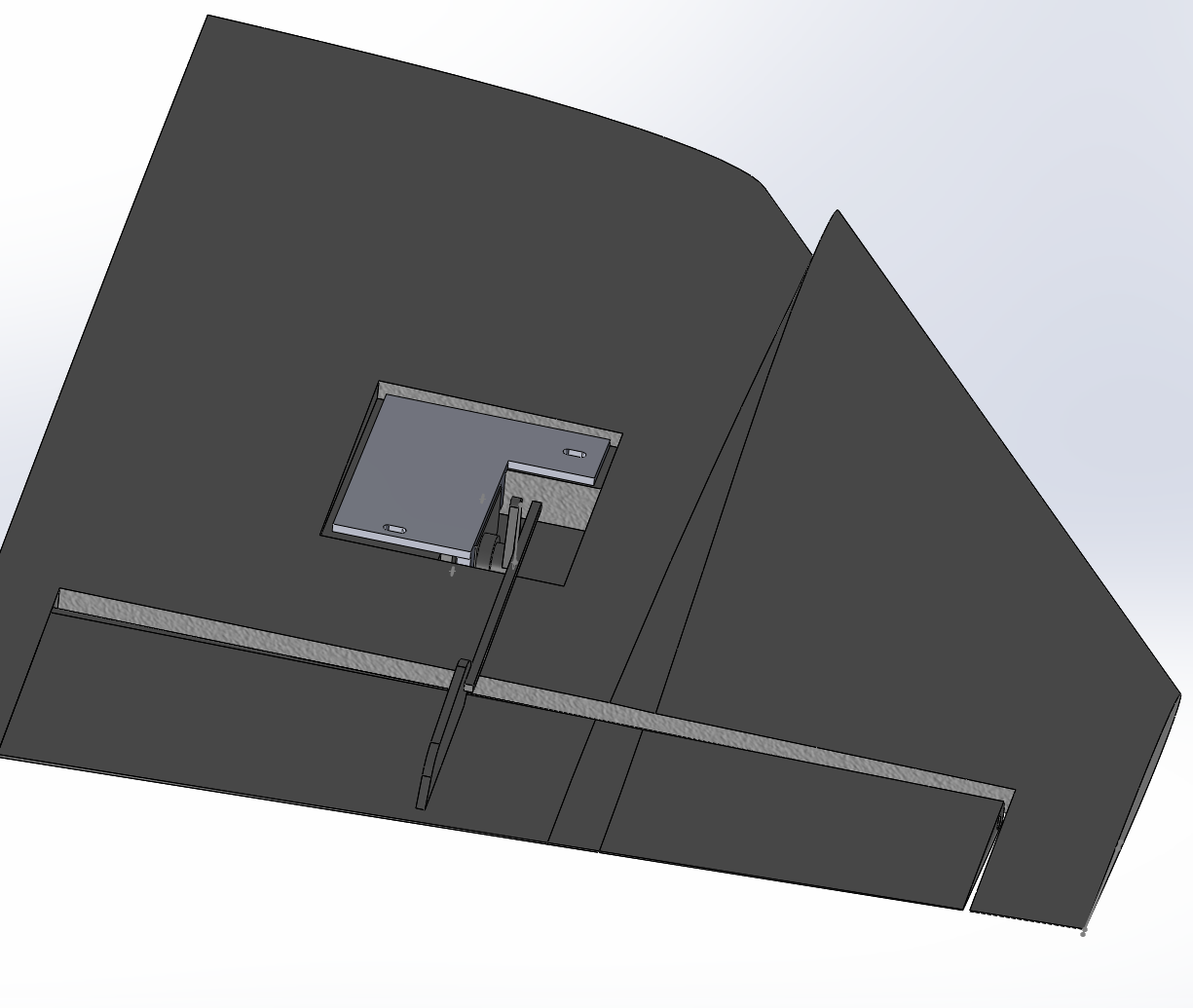Generally, the center of lift is at more or less 25% of the MAC (mean aerodynamic chord). There are a bunch of online calculators that can help with CG luckily, so long as you know your plane's dimensions. I like this one:
Calculates Plane's Center of Gravity (CG), the Aerodynamic Center (AC), Mean Aerodynamic Chord (MAC), Neutral Point (NP), Wing Loading, Wing Area and Stall Speed
rcplanes.online
Another good resource is the instruction manuals for other models of the same plane, or if you can't find that, of aerodynamically similar planes. Luckily, the Gripen has been modeled a few times. This is from the Freewing 80mm Gripen manual.
View attachment 248143
Looking at this, you want the CG a bit further forwards. Keep in mind, this plane is probably bigger than yours, so the 130mm value is probably wrong, but the visual location should be about right. In terms of CG estimates, a good approach is to create a custom material with about 1/10 - 1/20 the density of the LW PLA to represent 5% infill. It's not perfect, but with a 100% infill assumption, you could be way off the mark.


















